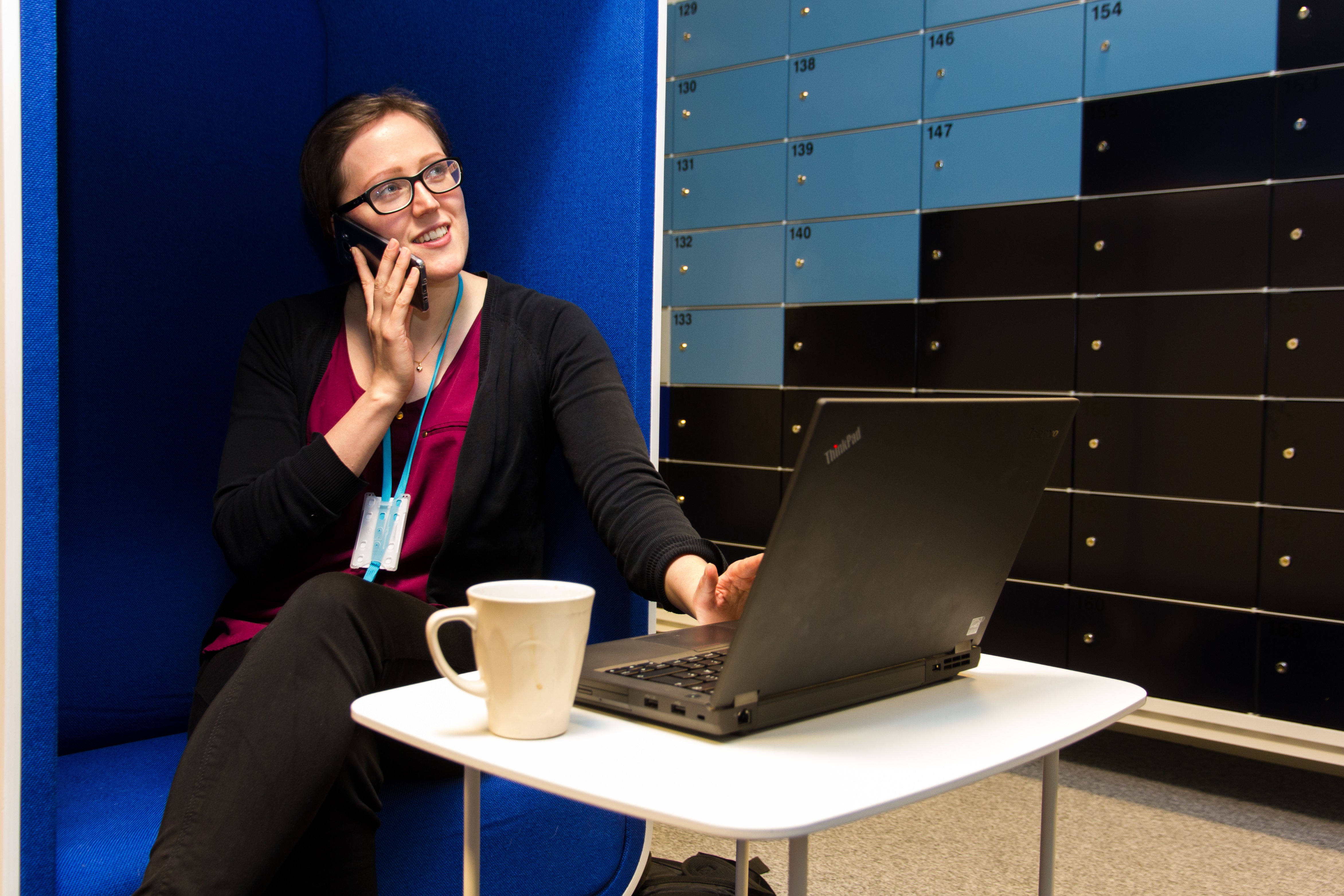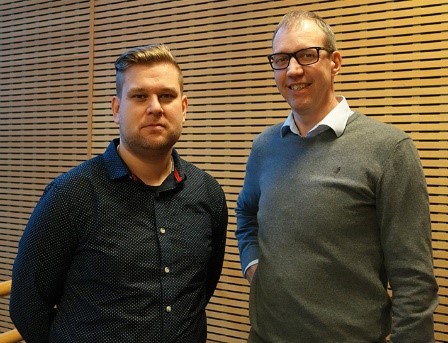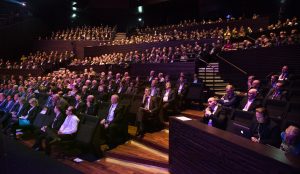If someone would have told me 2 years ago that in the future I’d be working for the city, I would not have believed them. My work history is diverse, including sales and marketing, business development and conducting consulting & leadership studies both in Finland and internationally. I also have a multidisciplinary education – I graduated as a Master of Science in Economics from Aalto University School of Business and as a Doctor of Science in Technology from the Aalto University Department of Industrial Engineering and Management (DIEM). Despite this, I’ve never gotten to know anyone in my work or studying career who has applied their knowledge of business or leadership on a municipal level. So, as I was putting the finishing touches on my doctoral dissertation on innovation leadership and musing on the possible employers I might have in the future, I mainly thought of vacancies in big international corporations or the central government of Finland.
I stumbled upon a call for applications that totally changed my way of thinking. The City of Espoo was hiring an economic development manager, whose job would entail developing the innovation and entrepreneurship ecosystems and leading complex collaboration networks. The job included possibilities to be a part of broad strategy work, but it also had opportunities to help the conditions of entrepreneurship and working on a grassroots level. I decided to apply for the job, and I was hired.
It was, without a doubt, the best decision of my work career so far.
Finland is urbanizing, albeit slower than the countries it’s being compared to, but it is still doing so, at a fast rate. People are moving to areas with easy-to-reach services and where solutions of the future are developed and implemented. There are not many areas like that in a country like Finland. The metropolitan area for example creates about half of our service exports. It is a global trend – humans are finally becoming an urban species. If you want to be in the center of things and get a grassroots contact to central public, private, local and international operators, there’s no better place to be than in a growing city.
And Espoo is growing – to be exact, it has increased in population tenfold in the last 50 years. That’s an incredible pace. The people that live here that are incredible as well; the highest-educated, least sick, and in addition to Helsinki and Vantaa, the most international. The Otaniemi area, measuring at only a few square kilometers, is home to such a nucleus of research and development that there’s not a place that could rival it anywhere in Northern Europe.
Espoo population 1980-2015 and projection models until 2050 (Click to enlarge the picture)
A general expert who is quick on their feet is much sought-after in a field like this. You need to understand the needs of different operators and be able to fit them together. You need to be able to act efficiently in a rapidly changing environment, in addition to working within a strategic timeframe that spans several decades. You also need excellent skills in communications and interaction. I know that the training of an economist offers, due to its multidisciplinary and challenging nature, an excellent background to these tasks. Thus, I recommend that especially business students would keep a closer eye on formerly “unsexy” calls for hire made by the city. The future is created in cities.
Welcome to Otaniemi and Espoo, the Most Sustainable City in Europe, and the most innovative city in Finland.
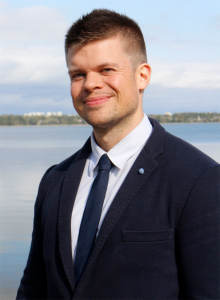
Harri Paananen
Head of Economic Development, City of Espoo
harri.paananen@espoo.fi



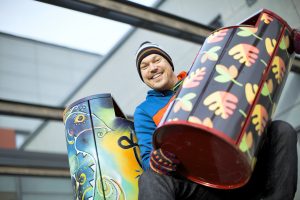
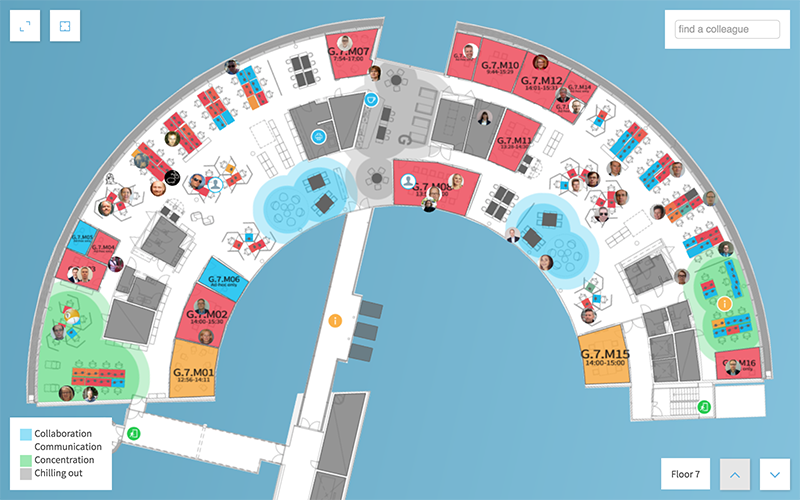

 Juho Salokangas
Juho Salokangas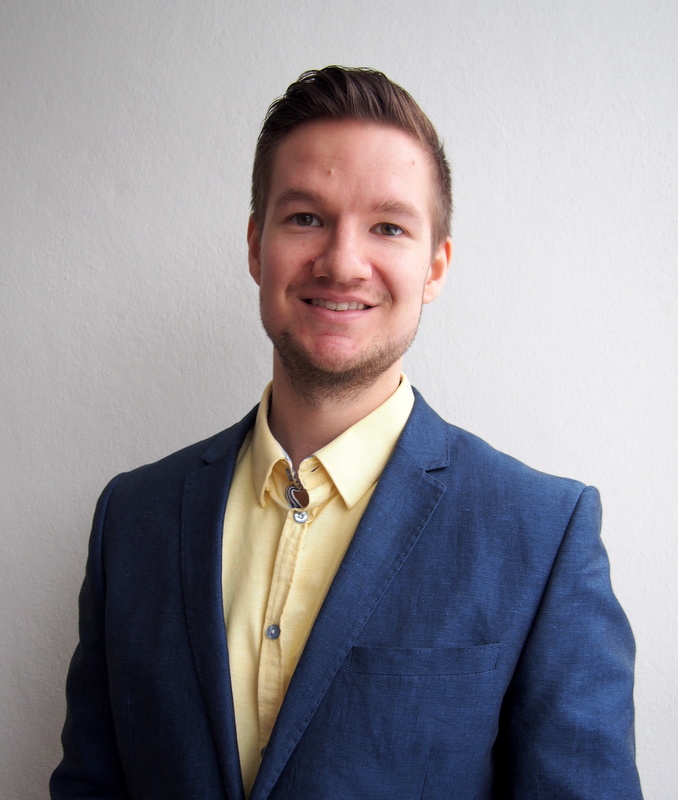 Tuomas Hakonen
Tuomas Hakonen